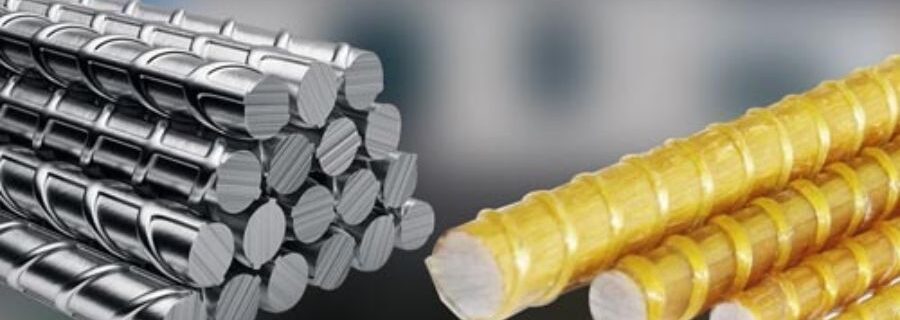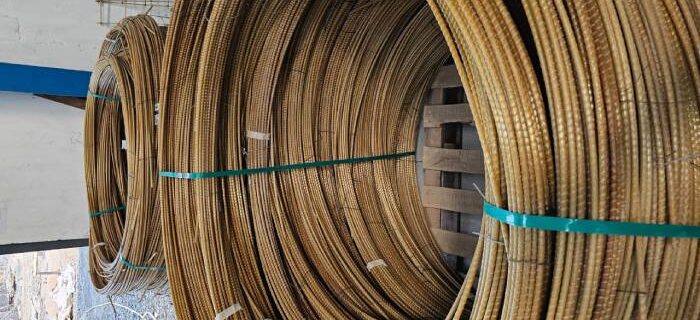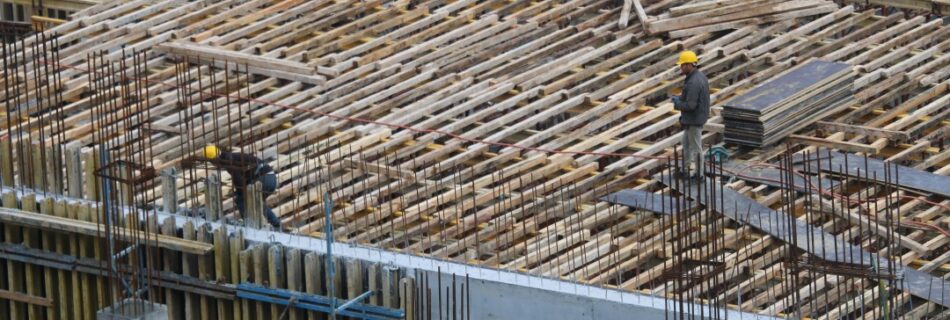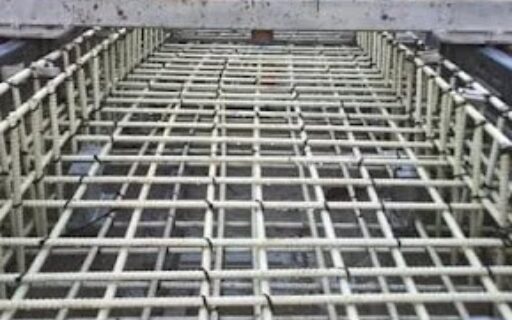GFRP Bridges: Engineering the Future of Corrosion-Free Infrastructure
Explore how GFRP bridges are transforming modern infrastructure. Learn why GFRP bridges are the preferred choice for its corrosion resistance, lightweight design, high strength, and long-lasting durability in bridge construction.








